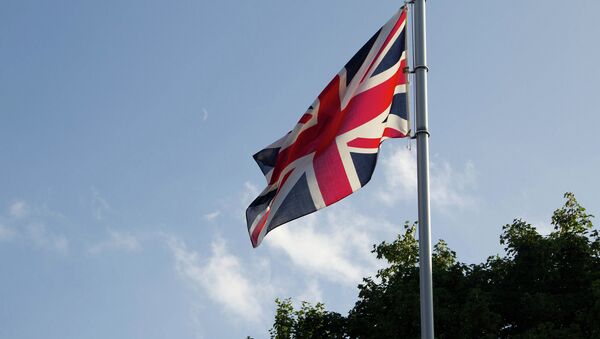Kristian Rouz – The UK workforce shrank slightly in October in a first worrying sign of the post-Brexit economic reality, still, the unemployment rate remained unchanged and near full employment.
The amount of people at work in the three months ending in October declined by 6,000 to 31.76 mln, and the employment rate dropped from 74.5pc to 74.4pc, the Office for National Statistics (ONS) reported on Wednesday. The signs of weakness in the labour market are explained by the rising input costs across most domestic industries as costs of imports have increased proportionally to the pound sterling’s FX rate decline, by roughly 13.5pc and 16pc, respectively.
Some employers had to sacrifice fractions of their personnel for profitability sake, whilst some employees decided to take on a job search in the wake of the new inflationary challenges.
The labour market “appears to have flattened off in recent months,” the ONS said.
The amount of people out of work has, paradoxically, fallen as well, due to the increase in the number of “inactive” people – those who are neither working nor seeking a job. The percentage of working age “inactive” people rose from 21.5pc to 21.7pc. This is still almost 20pc below the level of economic inactivity in the US, for example, where the labour participation rate is at its 50-year lowest 62pc.
“This is the first genuine disappointment we have seen in the hard data since the Brexit vote,” Alan Clarke of Scotia Bank said. “After a stable period immediately after the referendum, hiring is now falling.”
The number of unemployed has dropped by 16,000 people to 1.62 mln.
“While the employment rate remains high, it is slightly down on the record set recently. Meanwhile, a small fall in unemployment on the quarter was more than offset by a rise in economic inactivity,” David Freeman of the ONS said.
Meanwhile, the Bank of England (BoE) has warned of harder times ahead in the next year, even though the Exchequer does not appear to see enough reason to worry – their fiscal stimulus plan, announced in November, provides much more modest support to the economy than the most alarming outlook into 2017 would require.
However, there is good news as well – due to the pound’s weakness, British goods and services have become increasingly competitive in the international market, meaning the private sector will have an opportunity to make up for the domestic losses in overseas trade.
“It is likely that UK unemployment will start to drift upwards in the coming months, as uncertainty over Brexit and the increasing input costs faced by businesses weigh on jobs growth. However, while we currently forecast the unemployment rate will peak at 5.5% in early 2018, this is still well below the long-term average,” Suren Thiru of the British Chambers of Commerce (BCC) said.
With the gloomiest labour market assessments of unemployment peaking at 5.5pc within the next two years, the 5-percent full employment threshold will still be within reach, meaning fiscal policy is becoming crucial for the UK’s economic development in the coming years.
Meanwhile, salaries and wages rose by 2.6pc in the three month up to October, at the quickest pace since August 2015. Real wage growth was 1.7 in October, steady for the fourth consecutive month, which is slightly better than the wage stagnation situation across most advanced economies.
The recent pickup in inflation caused by the pound’s tumble, however, will offset the gains in wages and reshape the consumer market, supporting the BoE’s monetary tightening agenda.






